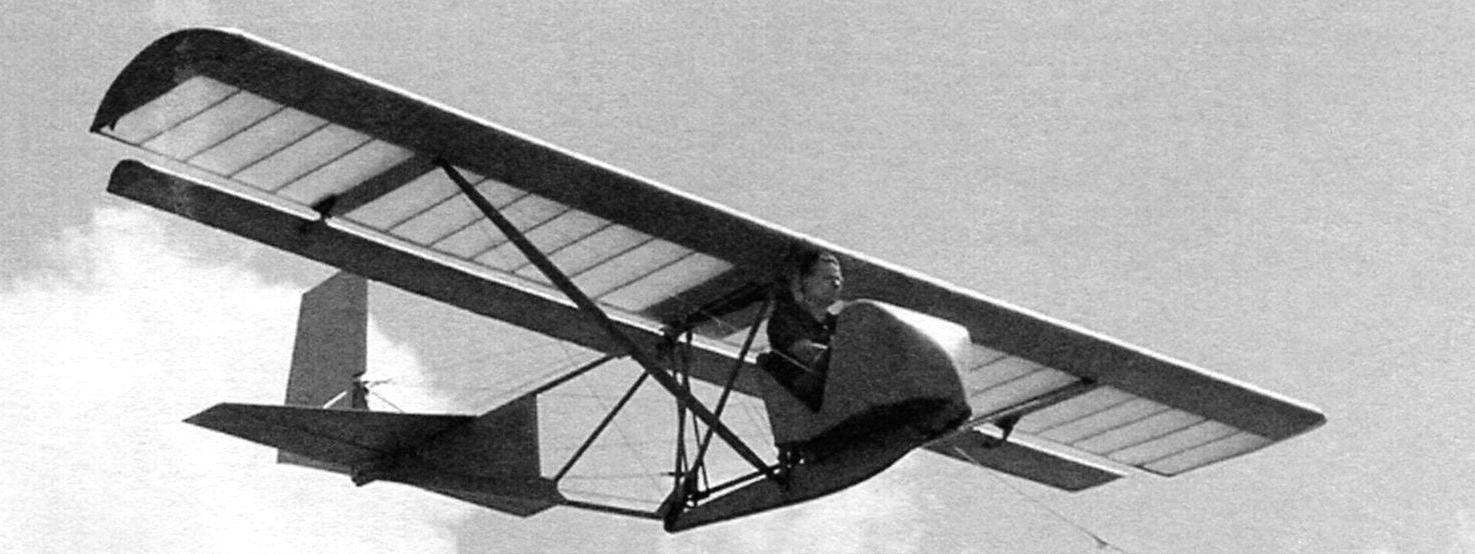 Did you know that a lot of aircraft Amateur-built are based on BRO-11M – glider initial training famous Lithuanian aircraft designer B. I. Oscines. Very easy to manufacture and reliable in operation, designed on the basis of classical schools of design of aircraft of the 1930-ies, the glider won the sympathy not only of beginners glider, but Amateur aviators, who saw in the design of the BRO-11 M, and its elements useful for the creation of Amateur gliders and airplanes. While some used the scheme of the airframe as a whole, others copied the design of the wing, a third of its original control system… Word, BRO-11M was a kind of tutorial of novice aviators.
Did you know that a lot of aircraft Amateur-built are based on BRO-11M – glider initial training famous Lithuanian aircraft designer B. I. Oscines. Very easy to manufacture and reliable in operation, designed on the basis of classical schools of design of aircraft of the 1930-ies, the glider won the sympathy not only of beginners glider, but Amateur aviators, who saw in the design of the BRO-11 M, and its elements useful for the creation of Amateur gliders and airplanes. While some used the scheme of the airframe as a whole, others copied the design of the wing, a third of its original control system… Word, BRO-11M was a kind of tutorial of novice aviators.
Under “aircraft Schools” and according to numerous requests from readers, the editors have prepared an extensive material about the structure of BRO-11M and technology of its manufacture.
So, Bro-11M is a strut-braced high-wing monoplane with all-wood construction with truss fuselage.
THE WING AND AILERONS
Wing glider has a very simple and typical for gliders 1930-ies the design, which can be used as a basis for independent design and construction similar in purpose aircraft. This is confirmed not only by the work of B. I. Oscines author of several gliders initial training with this wing, but also the development of many aviation enthusiasts, built on the model and likeness of BRO-11M gliders, motor gliders and airplanes.
Of course, each case should take account of the rules strength – wing, which explains designed only to operate it on BRO-11M; in case it is installed on, say, a light aircraft wing must be converted to strength and, if necessary, to strengthen its main elements.
